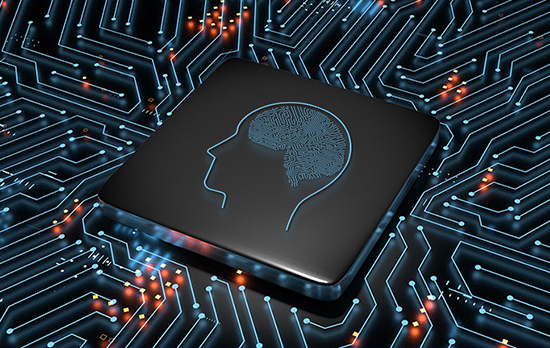The Future Of Web Design: Exploring The Role Of AI And Machine Learning
The world of web design is constantly evolving, and as technology advances, so too do the tools and techniques we use to create and maintain websites. And one of the most exciting developments in recent years is the increasing role of AI and machine learning in web design.
With the ability to learn from user data and behavior’s, AI and machine learning have the potential to transform the way we approach web design and create websites that are more intuitive, user-friendly, and personalized than ever before.
The Rise Of AI And Machine Learning In Web Design
According to a report by Grand View Research, the global AI market is expected to reach $733.7 billion by 2027, with a compound annual growth rate of 42.2%. As AI technology becomes more advanced and accessible, it’s increasingly being integrated into web design processes.
More recently, one of the key areas where AI is being used is in website personalization. By using machine learning algorithms to analyze user data and behavior’s, web designers are now able to create customized experiences that cater to individual users’ needs and preferences.
Another area where AI is making a big impact is in the design itself. With tools like Adobe’s Sensei and The Grid, designers can now use AI to generate designs based on user inputs, such as content and branding. This not only speeds up the design process but also allows for more creative exploration, as AI can generate design variations that human designers may not have considered.
The Benefits Of AI And Machine Learning In Web Design
- Personalization: By using AI and machine learning to analyze user data, web designers can create personalized experiences that cater to individual users’ needs and preferences. This can lead to higher engagement and conversion rates, as users are more likely to respond positively to content that’s tailored to their interests.
- Improved User Experience: AI and machine learning can also be used to improve the overall user experience by creating more intuitive and user-friendly interfaces. For example, AI can be used to predict what a user is looking for and provide relevant information or recommendations, making it easier for them to navigate and find what they’re looking for.
- Increased Efficiency: With AI and machine learning tools, web designers can automate repetitive tasks and streamline workflows, freeing up more time for creative exploration and experimentation.
- Better Accessibility: AI and machine learning can also be used to improve accessibility for users with disabilities. For example, machine learning algorithms can be used to generate alt text for images, making it easier for visually impaired users to understand the content of a website.
Improving Website Accessibility With AI And Machine Learning
Web accessibility refers to the practice of designing websites that can be used by people with disabilities, including those with visual, auditory, motor, and cognitive impairments. With the help of AI and machine learning, web designers can now create websites that are more accessible than ever before.
For example, machine learning algorithms can be used to generate alt text for images, making it easier for visually impaired users to understand the content of a website. AI can also be used to identify and fix common accessibility issues, such as color contrast and font size, automatically.
Moreover, AI and machine learning can assist designers in creating websites that are more inclusive and user-friendly. For instance, by analyzing user data and behavior, designers can identify patterns in how people with different disabilities interact with websites and tailor the website experience accordingly. This can help ensure that websites are designed with the diverse needs of all users in mind, creating a more inclusive online experience for everyone.
The Challenges Of AI And Machine Learning
While the benefits of AI and machine learning in web design are clear, there are also challenges that need to be addressed. One of the biggest challenges is ensuring that AI-generated designs are ethical and unbiased, as there is a risk that AI could perpetuate existing biases and discrimination if not carefully monitored and trained.
Another challenge is the potential for AI and machine learning to replace human designers altogether. While AI can certainly assist in the design process, it’s important to remember that human creativity and intuition are still essential for creating truly unique and impactful designs.
Ultimately, it’s crucial that web developers understand both the opportunities and limitations inherent to AI and Machine Learning and take a balanced approach for the best outcomes.
The Future Of Web Design
As AI and machine learning continue to advance, their role in web design is likely to grow even more significant. With the ability to create personalized experiences, improve user experience, and increase efficiency, AI and machine learning have the potential to transform the way we approach web design and create websites that are both effective and engaging.
David Elliott, Director of Fox & Lee, an Australian-based web design company recently stated, “We believe that web design is the future”. At the same time, it’s important to remember that AI and machine learning should be used as tools to augment human creativity and intuition, not replace it.
As web designers, we must embrace the potential of AI while also being mindful of its limitations and potential ethical implications.



